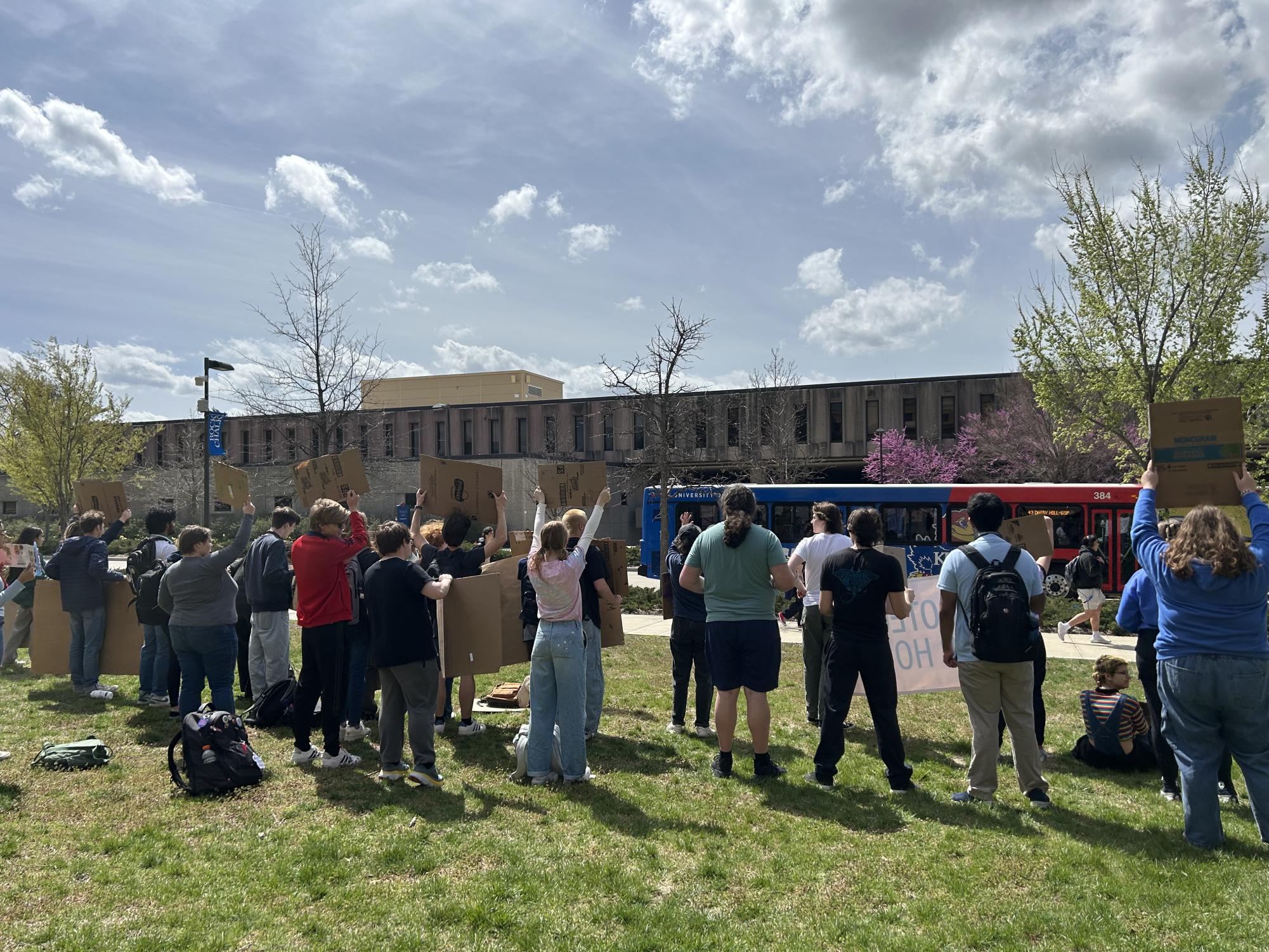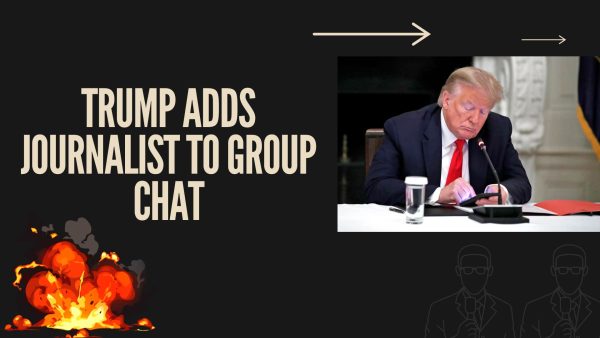Event Preview: Conversation with John Carlos
When athlete John Carlos stood on the podium with Tommie Smith with a stoic look to the ground and his fist raised high up in the air in the 1968 Summer Olympics, the world knew it had just witnessed a historic moment. The national anthem echoed around the silent stadium as the stunned crowd watched the two men protest racism and poverty, especially plaguing African American communities.
If recent history is an indicator of anything, the conditions that allow for oppression still need to be mitigated. Just last year, athletes were taking a knee and protesting the same thing Carlos and Smith were. Educating the public on race relations and economic inequities still has a long way to go. One of the ways to do this is through seminars and lectures. With that in mind, Washburn is bringing John Carlos to talk about that and more on Thursday, September 6. The event will start at 10 am and end at 11:30 am in White Concert Hall after which people can convene at the Rita Blitt art gallery for a press availability.
“We tried to bring him last year but there was a snowstorm. So we had to cancel it,” said Patrick Early, director of the public relations office in Washburn. “He will come here and talk about his experience and what has happened since he stood on that podium.”
Early realizes the heightened relevance of the athletes’ act of bravery and defiance as a means of sending a message, especially in today’s socio-politico-economic climate. “He [Carlos] knew the power of unity then, and it is just as powerful now,” said Early.
Carlos’ and Smith’s protest followed Martin Luther King Jr’s assassination and anti-war protests, and the athlete bore unsurprising consequences of his actions, as he got chastised by not only the Olympic board but also American citizens; many called him Unamerican, a phrase also thrown around after the #takeaknee protest. Carlos and Smith both received death threats, and both were suspended from the U.S. track team.
Silent protests instigate much-needed conversations without violence. The aftermath is usually a creation of dialogue around questions of why someone protested in such a manner and what for. Protests like these also allows for the incorporation of symbolism. Carlos and Smith, for example, wore black socks and no shoes to symbolize poverty and a black glove to represent African American unity and power. They wore scarves to protest the lynchings that were still taking place in 1968.
Early hopes that Thursday’s event will be part of that conversation. “We are bringing 500 students from five school districts. Faculty members and other guests included, we are expecting around a 1000 people,” he said. “There are only around 50 tickets left. But we’ll be recording the event for anyone unable to come.”
Your donation will support the student journalists of Washburn University. Your contribution will allow us to purchase equipment and cover our annual website hosting costs.











